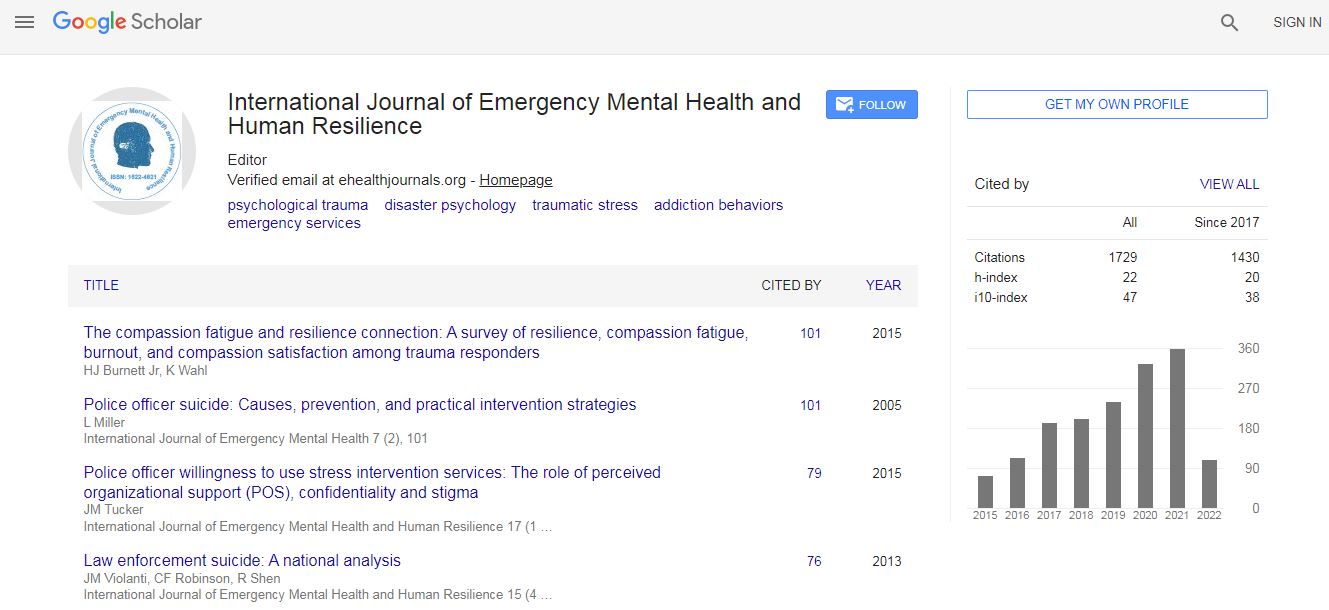Research Article
Parent Physical and Mental Health Comorbidity and Adolescent Behavior
Lisa M. Gargano*, Sean Locke, Robert M. BrackbillWorld Trade Center Health Registry, Division of Epidemiology, New York City Department of Health and Mental Hygiene, New York, NY 10013
- Corresponding Author:
- Lisa M. Gargano
World Trade Center Health Registry, Division of Epidemiology
New York City Department of Health and Mental Hygiene, New York, NY 10013
E-mail: lgargano1@health.nyc.gov
Abstract
The objectives of this study were to ascertain behavioral outcomes 10-11 years after 9/11 in adolescents ages 11-18 years (0-8 years old at the time of 9/11) enrolled in the World Trade Center Health Registry (Registry), and relate these outcomes to their 9/11-exposures and to parent health. Behavioral difficulties among adolescents were assessed using the adolescent-reported Strengths and Difficulties Questionnaire (SDQ). Parental post-traumatic stress disorder (PTSD) was assessed using a 9/11-specific PTSD Checklist-Civilian Version, a cut-off score of 44 or greater was considered probable PTSD. Multivariable logistic regression was used to estimate associations of 9/11-exposure and parental health with abnormal/borderline SDQ scores, adjusting for demographic variables that were significantly associated with the SDQ score in bivariate analyses. Of the 449 adolescents, 12.5% (n=56) had abnormal/borderline SDQ scores. In the multivariable model, adolescents with severe/ moderate 9/11-exposures were 2.4 times more likely to have abnormal/borderline SDQ scores compared to adolescents with mild 9/11-exposures (95% Confidence Interval (CI): 1.1-6.4). Adolescents who had a parent with 9/11-related PTSD and at least one comorbid chronic condition were 4.2 times more likely to have abnormal/borderline SDQ scores compared to adolescents with a parent who had no reported chronic health conditions. Adolescents whose parent reported 14 or more poor mental health days in the preceding 30 days were 3.4 times more likely to have abnormal/borderline SDQ scores (95% CI: 1.2-9.5) The finding that parents’ health appears to influence adolescent behavior problems 10-11 years following a disaster may have implications for healthcare practitioners and disaster response planners.

 Spanish
Spanish  Chinese
Chinese  Russian
Russian  German
German  French
French  Japanese
Japanese  Portuguese
Portuguese  Hindi
Hindi 